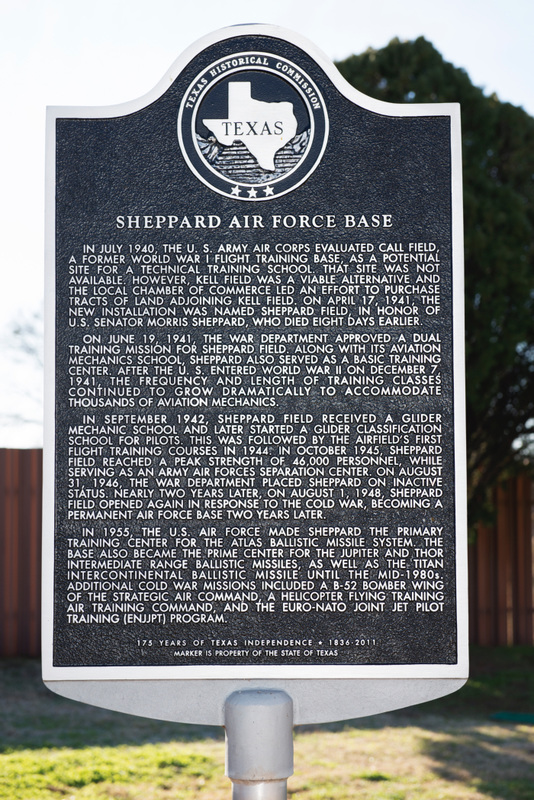

Paul Block, a specialist section chief for the 28th Aircraft Maintenance Squadron, was one of the multitude of maintainers responsible for generating and “greening up” any and all available aircraft. “I was excited to be selected for a crew, but it was challenging to pack my bags without telling my wife - who was eight months pregnant at the time - that I was going to fly a mission and I didn’t know when I was coming home.” “I remember the excitement of planning the mission and preparing for many unknowns of the flight,” he said. Not only because of the mission and conditions, but personal challenges as well. He added that those few days were a rollercoaster of emotions. When I came back to the squadron for the mission briefing, I was amazed at the colossal effort underway to prepare for the mission.”


I was able to see some of the initial meetings in the CAT (Crisis Action Team) before I was cleared off to finish some last minute ground training items for the mission. “I remember being called by squadron leadership to start working with the weather shop to look at the forecast for Ellsworth and the flight route. Thomas Taylor, now commander of the 34th Bomb Squadron. “I was on crew one for the mission as a young instructor pilot,” said Lt. It was the first time B-1s had launched from the continental United States to strike targets enroute in overseas contingency operations. In the midst of miserable winter weather and a large portion of the base and B-1s already deployed, Airmen teamed up to generate several aircraft loaded with munitions to strike targets halfway around the globe. A decade after B-1B Lancers thundered off the runway from their home station at Ellsworth AFB to strike targets in Libya in support of Operation Odyssey Dawn, the images from that day are just as vivid now as the day they happened for many who contributed to that mission.


 0 kommentar(er)
0 kommentar(er)
